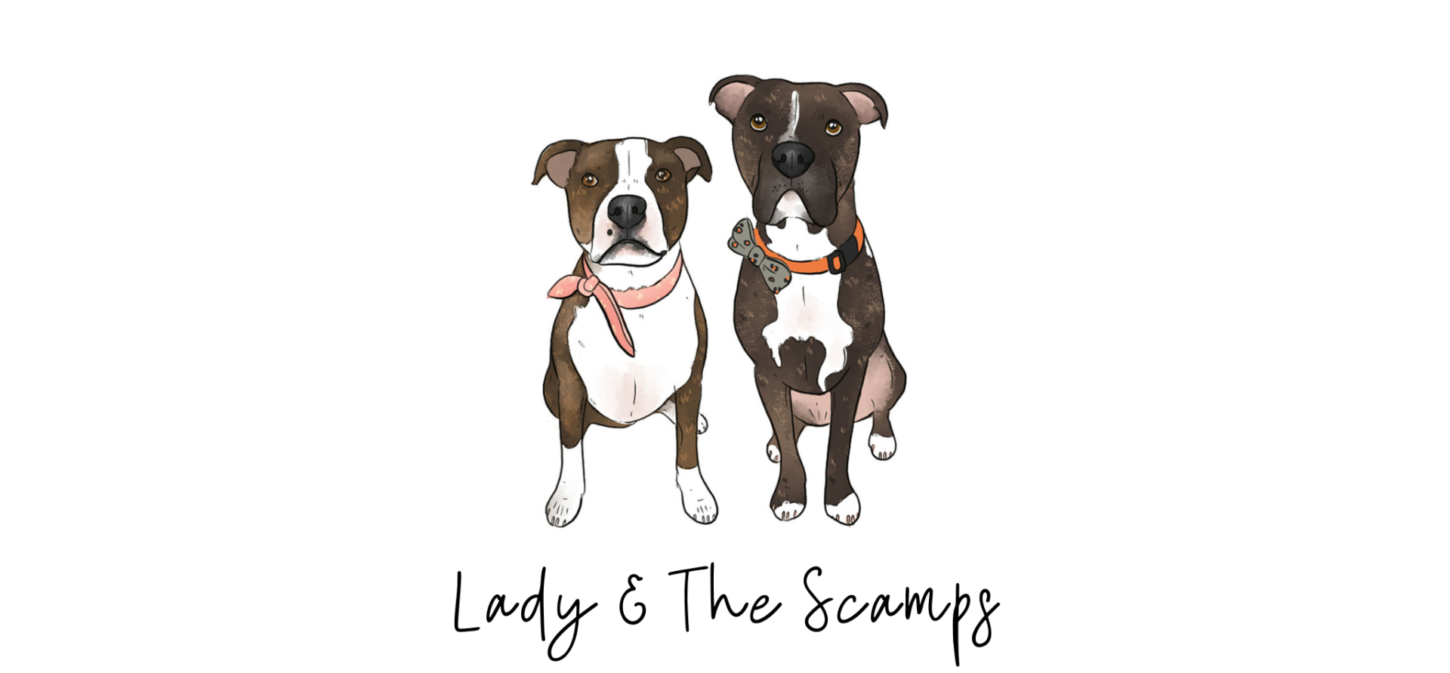Would you know what to do if your dog was choking? What about knowing how to check their heart rate, or when to administer CPR? Would you be able to correctly bandage a wound, or identify the signs of renal failure? I know they’re not really things we as pet owners ever want to think about – but it’s important to know and could save their life.
When Frank had his seizure, it absolutely terrified me that I didn’t know what steps to take besides stand back, don’t panic, and phone the vets. You’d like to think ‘it’ll never happen to us’, until it does and you’re stranded in an emergency.
Canine first aid is such a valuable resource, promoting early diagnosis, which leads to faster treatment and recovery. It teaches you the vitals – like how to check pulse, temperature and heart rate, and what they should be in a healthy dog. Noticing symptoms of pain and illness quickly gives your dog the best chance of survival if there is something gravely wrong.
I recently undertook a Canine First Aid Course, which was one of the best £35 I’ve ever spent – and I’d recommend it to any dog lover.

I sat the online Animal Love complete canine health & first-aid course, which was a CPD accredited course recommended to me by Hound Club’s Emma Caskie – who was also Frank’s foster mum. The course offered 10 CPD accredited hours of training – and at the end of the course, you get a hard copy of your certificate and a canine first aid key fob posted out to you.
The Animal Love complete canine health & first-aid course is led by Sailsbury Animal Love’s Senior Vet Dr Sophie Bell, who has worked as a vet for over 10 years, specialising in emergency and critical care. She says: “I have come to realise if we focus on our pets preventative and well-being needs they become happier, and less likely to need medical attention.”
The course was really easy to enroll on, and once payment has processed, you can get started straight away.
The course includes 13 modules, as well as a video on what to put in a pet first aid kit. The modules include:
- Approaching the sick and injured
- Performing a clinical exam
- Signs of pain
- Shock and internal bleeding
- Approach to wounds
- Common Health Conditions
- Bandaging
- Toxins
- Seizures
- Pyometra
- Bloat and GDV
- Choking and CPR
- and How To… basics

Each module consists of a video between three and 12 minutes long, followed by a multiple choice quiz with between five to 17 questions based on the information provided in the video. You can then go ahead and download a PDF of the notes to look back at. I plan on printing mine off and making them into a little booklet that I can refer back to and refresh my memory every few months. The certificate lasts for three years, so really, the course works out at a little over £10 a year – or less than £1 a month for peace of mind of knowing what to do in an emergency, or spotting early signs of illness.
Whilst as responsible pet owners, we will take as much care and preventative measures as possible to make sure our pets don’t find themselves ill or in danger, but accidents do happen. For example, Phoebe likes to chase bees in the garden, and as much as we discourage it and tell her no, she still got stung last year. Equally, Frank managed to steal some compost whilst we were out gardening last year, which is what we suspect caused his tremors. You also can’t avoid some situations – like an off leash dog causing a scuffle, which could lead to injury. So the best thing to do is be prepared for any eventuality – from bites and stings and what to do if you suspect your dog has been poisoned, to how to give CPR or the Heimlich maneuver. It also covers signs of dehydration, shock and alabama rot, as well as basic ‘how to’s’, like how to trim your dogs nails and clean their ears.

I completed the course in two evenings – but you could do it over a few weeks if you’re stuck for time. My certificate arrived around a week later. The course is genuinely useful and informative, and taught me a lot of tips, tricks and information I didn’t know – and reinforced the knowledge I already had.
A Canine First Aid course is a really valuable tool. Our dogs are priceless, and £35 is a small price to pay for the wealth of knowledge you’ll gain. It doesn’t take too long to complete, and I found it a really fun and enjoyable learning experience. It’s stress free, and will really put your mind at ease knowing you would be able to give your dog the best chance of survival in the case of an emergency. I’m even looking to enroll on other pet-related online courses in the future, and gain more certificates which will satisfy my hunger for learning, and benefit The Scamps.
